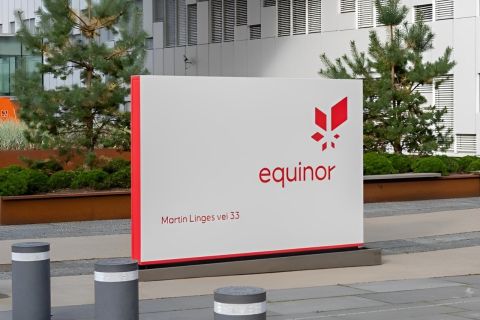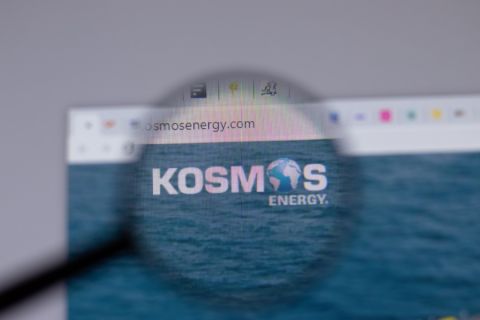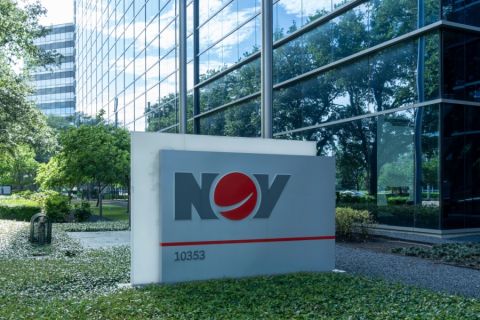Royal Dutch Shell has decided to advance the Appomattox deepwater development in the Gulf of Mexico (GoM), according to a news release.
This decision authorizes the construction and installation of Shell’s eighth and largest floating platform in the GoM. The Appomattox development will initially produce from the Appomattox and Vicksburg fields, with average peak production estimated to reach about 175,000 barrels of oil equivalent per day (boe/d), the release said. The platform and the Appomattox and Vicksburg fields will be owned by Shell (79%) and Nexen Petroleum Offshore U.S.A. Inc. (21%), a wholly-owned subsidiary of CNOOC Ltd.
During design work for Appomattox, Shell said it reduced the total project cost by 20% through supply chain savings, design improvements, and by reducing the number of wells required for the development. This includes advancements from previous four-column hosts, such as the Olympus tension-leg platform (TLP), as well as ensuring a high degree of design maturity before construction. With these and other cost reductions, the go-forward project breakeven price is estimated to be around $55 per barrel Brent equivalent, the release said.
Shell said it is currently the only operator in the GoM with commercial deepwater discoveries in this formation (Norphlet), which dates back 150-200 million years ago to the Jurassic period.
The sanctioned project includes capital for the development of 650 MMboe resources at Appomattox and Vicksburg, with start-up estimated around the end of this decade. The development of Shell’s recent, nearby discoveries at the Gettysburg and Rydberg prospects remains under review, the company said in the release.
These could become additional, high-value tiebacks to Appomattox, bringing the total estimated discovered resources in the area to more than 800 MMboe, Shell said in the release.
In addition, Shell Pipeline Co. LP also made a final investment decision on the Mattox Pipeline, a 24-in. corridor pipeline that will transport crude oil from the Appomattox host to an existing offshore structure in the South Pass area and then connect onshore through an existing pipeline, the release said.
Last year in the Gulf of Mexico, Shell started production from the Mars B development, through the new Olympus TLP, and from the Cardamom subsea tie-back to the Auger platform. Shell is also currently developing the Stones project, which is expected to produce about 50,000 boe/d, according to the release.
Recommended Reading
Equinor Says EQT Swap Upgrades International Portfolio
2024-04-30 - Equinor CFO Torgrim Reitan says the company’s recent U.S. asset swap with EQT Corp. was an example of the European company “high-grading” its international E&P portfolio.
E&P Highlights: April 29, 2024
2024-04-29 - Here’s a roundup of the latest E&P headlines, including a new contract award and drilling technology.
Kosmos Energy’s RBL Increased, Maturity Date Extended
2024-04-29 - Kosmos Energy’s reserve-based lending facility’s size has been increased by about 8% to $1.35 billion from $1.25 billion, with current commitments of approximately $1.2 billion.
Barnett & Beyond: Marathon, Oxy, Peers Testing Deeper Permian Zones
2024-04-29 - Marathon Oil, Occidental, Continental Resources and others are reaching under the Permian’s popular benches for new drilling locations. Analysts think there are areas of the basin where the Permian’s deeper zones can compete for capital.
NOV Announces $1B Repurchase Program, Ups Dividend
2024-04-26 - NOV expects to increase its quarterly cash dividend on its common stock by 50% to $0.075 per share from $0.05 per share.





